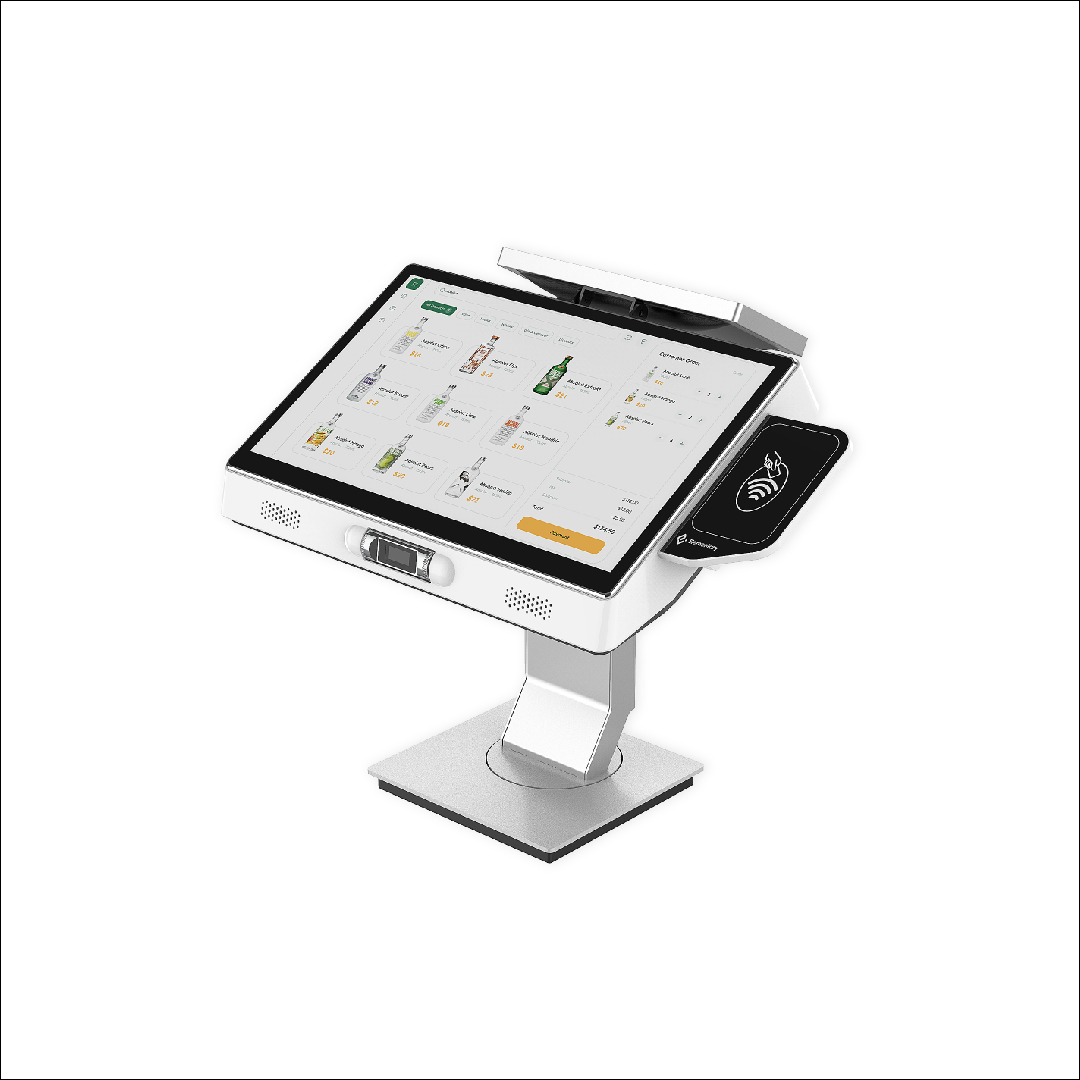Language
Currency


In the fast-paced world of retail, every second counts. The traditional checkout process, with its long lines and frequent delays, has long been a source of frustration for both customers and retailers alike. But what if there was a way to eliminate these pain points? Enter the intelligent checkout system—a technological innovation that promises to transform the retail experience by making checkouts faster, more efficient, and ultimately more satisfying for everyone involved. If you've ever wished for a smoother shopping experience, you’re not alone, and the intelligent checkout system could be the solution we've all been waiting for.
An intelligent checkout system is a cutting-edge solution designed to streamline the payment process in retail stores. Unlike traditional checkout systems, which require customers to scan items individually or rely on a cashier, intelligent checkout systems leverage advanced technologies such as computer vision, artificial intelligence, and the Internet of Things (IoT) to automatically detect and total up the items a customer wishes to purchase. The result is a frictionless checkout experience that reduces wait times and enhances customer satisfaction.
The technology behind an intelligent checkout system is a blend of several advanced tools:
One of the most significant advantages of an intelligent checkout system is the improved customer experience. With the ability to bypass long lines and tedious manual scanning, customers can complete their purchases quickly and effortlessly. This seamless process not only saves time but also reduces the frustration often associated with traditional checkouts, leading to higher levels of customer satisfaction and loyalty.
For retailers, the adoption of an intelligent checkout system can lead to significant operational efficiencies. By automating the checkout process, stores can reduce the need for cashier staff, allowing employees to focus on other critical tasks such as customer service or inventory management. Additionally, the system's ability to track inventory in real-time helps retailers maintain optimal stock levels, reducing the likelihood of out-of-stock situations and improving overall sales performance.
Implementing an intelligent checkout system can also lead to cost savings. The reduction in labor costs, combined with the system's ability to minimize losses due to theft or human error, can result in higher profit margins for retailers. Furthermore, the data collected by the system can provide valuable insights into customer behavior, allowing retailers to optimize product placements and promotions to drive sales.
While the benefits of an intelligent checkout system are clear, there are also challenges to consider. One of the most significant barriers to adoption is the upfront cost of implementing the system. The technology required for an intelligent checkout solution can be expensive, particularly for small and medium-sized retailers. Additionally, integrating the system with existing point-of-sale (POS) infrastructure may require significant investment in both time and resources.
Another challenge associated with intelligent checkout systems is the potential for privacy concerns. The use of cameras and AI to monitor customer behavior may raise questions about data security and privacy. Retailers must ensure that their systems are compliant with data protection regulations and that they communicate clearly with customers about how their data is being used and protected.
Despite the challenges, the future of intelligent checkout systems looks promising. As the technology becomes more advanced and affordable, it is likely that more retailers will adopt these systems to stay competitive. Large retailers such as Amazon have already implemented intelligent checkout solutions in their Amazon Go stores, setting a precedent for the rest of the industry.
As intelligent checkout systems continue to evolve, we can expect to see even more innovative features. For example, the integration of biometric payment methods, such as facial recognition or fingerprint scanning, could further streamline the checkout process. Additionally, the use of augmented reality (AR) could enhance the shopping experience by providing customers with real-time product information and personalized recommendations as they browse the store.
Before implementing an intelligent checkout system, it's essential to assess your store's specific needs and challenges. Consider factors such as the size of your store, the volume of transactions, and your target customer base. This assessment will help you determine which features are most important and ensure that the system you choose aligns with your business goals.
Selecting the right technology partner is crucial for a successful implementation. Look for providers with a proven track record in the retail industry and expertise in the specific technologies required for an intelligent checkout system. Additionally, consider the level of support and training offered by the provider to ensure a smooth transition for your staff and customers.
Implementing an intelligent checkout system is a significant change that will require careful planning and execution. Prepare for the transition by training your staff on the new system, updating your POS infrastructure, and communicating with your customers about the changes. It's also important to monitor the system closely after implementation to identify any issues and make adjustments as needed.
The retail industry is constantly evolving, and the rise of intelligent checkout systems represents a significant step forward in creating a more efficient, customer-centric shopping experience. While there are challenges to consider, the benefits of reduced costs, increased efficiency, and enhanced customer satisfaction make these systems a worthy investment for forward-thinking retailers. By embracing intelligent checkout systems, retailers can position themselves at the forefront of the industry and meet the demands of today's tech-savvy consumers.
Email cannot be empty
Password cannot be empty
Email format error
Email cannot be empty
Email already exists
6-20 characters(letters plus numbers only)
The password is inconsistent
Email format error
Email cannot be empty
Email does not exist
6-20 characters(letters plus numbers only)
The password is inconsistent